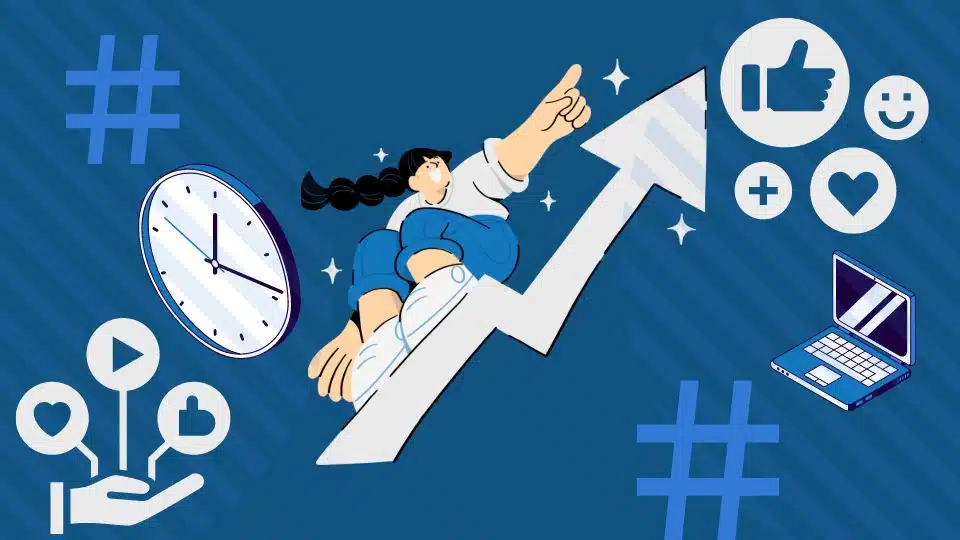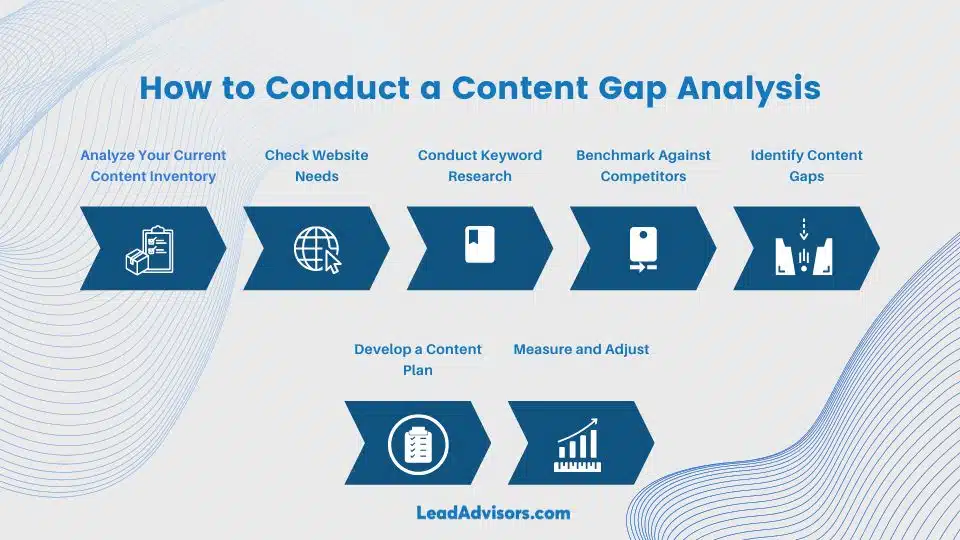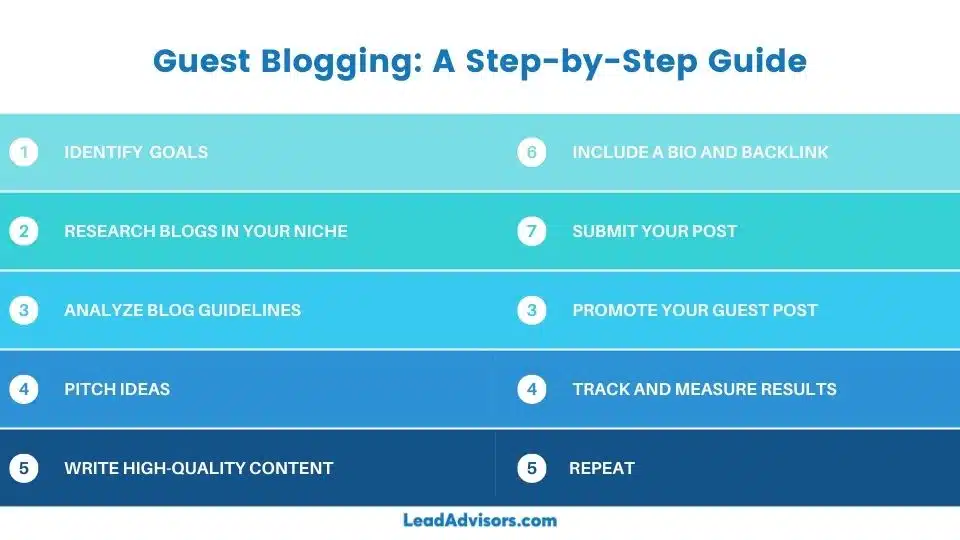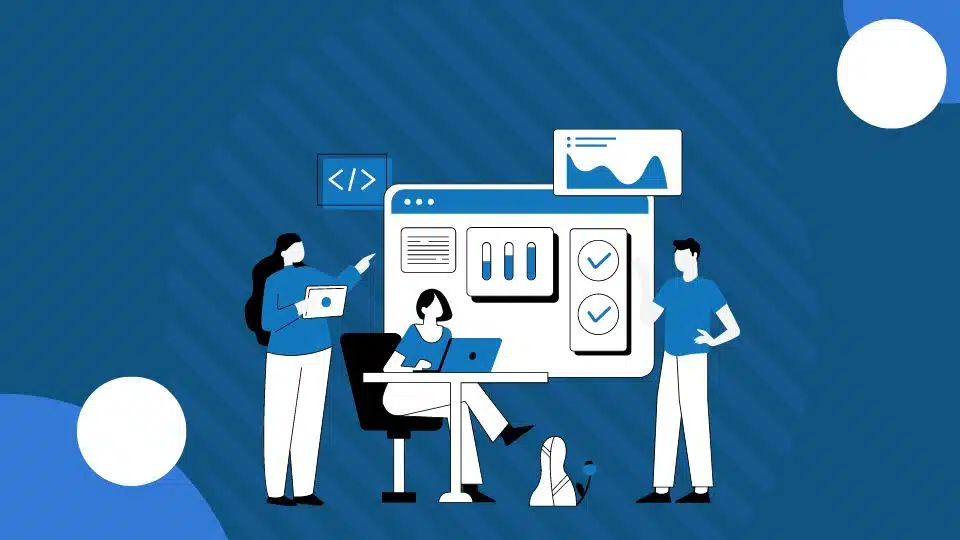Social media can be quite tricky in terms of advertising. Learning the basics of website building and development will help you build your business by utilizing the different online platforms. This article will give you some of the essential tools you need to promote your business in the online world effectively.
The difficulties found when creating an online presence for your business can be overwhelming. Still, by taking advantage of some simple online tools, you can establish a presence for your venture online without much difficulty.
Undoubtedly, social media is the best platform for marketing and advertising these days. Different platforms work towards different audiences, and by understanding where your ideal audience is present, you can better form your content to arrive during their online experience. To reap the most benefit from these online platforms, it is essential to plan to determine where your efforts should be invested. It’s just a matter of finding which platform suits your brand best.
How to Spend Your Social Media Advertising Budget
Of course, it doesn’t all come together immediately. A series of trial and error, dry testing, and even market surveys are to be completed. After that, you’ll have to develop a clever advertising strategy that will make your audience stop scrolling through their feed to look at your content. Another important consideration is staffing and labor costs. If your company utilizes the contribution of skilled workers, your expenses will increase for their employment. However, these costs may be well worth it when considering your final revenue.
Do not let these things intimidate you. Whether you are new to the field of online marketing, or a frequent social marketer, we have tips that will help you launch your business venture into 2019, 2020, and the next decade to come
Related Article: Social Media Marketing 101.
WHERE AND HOW: Basics of a Smart Social Advertising Budget
There are many social media platforms available to you that can be used to promote your brand, company, or venture of your choice. These options include Facebook, Instagram, Twitter, Pinterest, YouTube, LinkedIn, and Snapchat. While it is clear that there are many options available to use, we advise against using every platform without clear direction and intent. This is where market research comes into play. By understanding your ideal audience’s most frequent platforms, you can narrow your marketing tools to fit your individual business needs.
Instagram and Pinterest are considered highly superior in regards to their visual presentations. If your product can best be captured by these visual tools, Instagram and Pinterest may be your best marketing platform options. If you’re a fashion brand, a furniture company, or anything that would greatly benefit with the help of visual presentation, these two platforms would perfectly suit your marketing needs.
The downsides of attempting to use every social media or marketing platform can include excess expenses, wasted time, and an audience that is too broad to be capture effectively. If you cannot capture an audience and grow rapidly in the field, you want to thrive. You may find that your marketing efforts have gone to waste.
Would you believe that an average company spends around $126,000 per year on social media ads? That would be around $200 to $300 a day in expenses for advertisements alone! This budget usually covers about 10 to 13 percent of the company’s annual revenue.
What to Know
This is further reviewed by Kari Dephilipps, a digital marketing expert, in her article concerning social media marketing costs. She focuses on one platform and its related expenses.
With Facebook, we can expect a higher management pricing than Twitter. Take Twitter as an example; a completely new account, considering the utilization of outsourced content providers and consumer interaction, would cost an average of $2,000 to $4,000 per month. Also, with a new Facebook account, being able to provide ongoing information with business partners and online PR agencies would cost around $2,500 to $5,000 per month.
With these two platforms mentioned, the cost may be due to the many people you are attempting to reach. But for platforms like Instagram, Pinterest, Snapchat, or LinkedIn, the marketing cost would be around $1,000 per month per platform used.
WHAT: 4 Major Costs of Your Social Media Advertising Budget
1. Ad Spend
This is the amount of money you are willing to allow and pay for the specific platform used. It is the money that a company wants to spend on its advertisements. For example, the social advertising budget for Instagram may be at $1,000 per month. That includes $850 on ad spend, $100 for creating the content, and $50 to cover the digital marketing software.
2. Technology
You will need to take advantage of the online tools that can be used to launch, manage, and optimize your social media advertising budget. These options are photo editing software, proofreading tools, and analytical platforms. Yes, many of these software programs require the purchase of a license, but before you buy these, try exploring the free tools available to you. There are many.
For example, Facebook Ads Compass is an expense-free tool that you can use to analyze your ad campaign’s performance. Canva is another free tool with internal paid features like templating for refined and accessible modern concepts. Quuu, on the other hand, is a paid tool that you can utilize to promote your content through various “influencers” like social media personalities, bloggers, and vloggers.
3. Talent
Sometimes your group of employees can cover the advertising campaign materials, but when extra help is required, hiring external freelance designers or collaborating with someone for the social media campaign may be a worthy expense within your budget. Exceptional skill and talent can bring your brand image to a whole new level.
4. Services
Because focusing on your brand’s organic material is a full-time job in itself, it is important to leverage the online digital marketing agencies to overlook your social media presence metrics. While this content monitoring is an actual expense, the content data provided by these services can help you refine your efforts into more effective marketing avenues. The service price would depend on the number of social media platforms to be of management. WebFX , as an example, is a digital marketing agency that allows free quotation of their service price.
HOW: Maximizing Your Social Media Advertising Budget
Because social media budgeting is an investment, it is essential to work towards a return in exchange for your initial input. Be it big or small, what matters is that your brand gets significant exposure and that you can reach your target audience.
Here are some tips on how to maximize your advertising budget:
Setting Realistic and Trackable Goals
Specific, measurable, attainable, relevant, and timely goals are essential to success. Also known as “SMART” goals, the company needs to set its goals based on this goal-defining acronym. Being realistic and intentful in your marketing goals helps make profits a reality.
Say, for example, that you would want to reach additional followers on Instagram. That in itself is too vague of a goal. Under the terms of this goal, one or two followers would be sufficient improvement. However, most would hope for more impressive results. By being more exact with your brand’s goals, you can plan for more definite and robust results.
Your goal should include a specific, obtainable target, like reaching 500,000 followers on Instagram by the end of this year. With that, you can monitor your progress every month and create a strategic plan, including the social media advertising budget that will help you reach your goals.
Make Your Advertisements “Show Stopper” Material
While you’re working on your social media advertising budget, make the most out of the resources available to you. You cannot just focus on creating an ad on several different platforms and expect to see the same results from each social outlet. What works on Facebook might not work on Twitter, for example. Twitter may give you the best space for “word of mouth” announcements, while Instagram will add graphic value to your brand’s image. These differences between social media platforms can be of utilization to promote your image most desirably.
Some modern-day advertisements allow the audience to interact with the content. This may include filling out forms for contact information, answering a simple survey question, or offering promotional deals that can later be claimed. This may actually be one of the most important factors to consider. Audiences always rave for stuff that they can relate to or interact with. Memes, for example, are a way for people of all ages to enjoy the material that they find funny, annoying, relatable, or interesting. When an audience relates with the content in front of them, they are much more likely to convert into paying customers or fans.
Dealing with what the audience wants doesn’t mean you have to lose your brand identity. You just have to make your brand image shine through and “click” with the viewer.
Series of Testing, Trial, and(hopefully not) Error
It is clear that online social media presence and thorough research are crucial for business success in the digital world. However, creating your ideal brand image doesn’t always have to be expensive or exhausting. Information is available all over the internet in this day and age, but it is important to check the date and credibility of your research material.
Demographics on social media usage are available for you to access. This can be a huge step in identifying the right platform for your target market, whether it be based on age, gender, education, income, or even consumer trends.
In the US, for example, 68% use Facebook, while 35% use Instagram and 73% use YouTube. For a company that would deal with the general public, YouTube is the best option for viewership. Or, if you’re an educational institution and want to reach potential students, high school students mostly use Facebook (60%), which makes Facebook a clear choice for that specific demographic of audience.
Aside from changing materials per platform, you can also do experiments on a specific platform itself. You can try changing layouts for the same text and see which garners more likes or shares. This way, you can attract more audiences by ensuring that they see relevant and appealing content.
These are just some basic “know-how” and tips to consider if you plan to run a smarter and more efficient social advertising budget for 2019. The expenses with this process are popular, but if its utilization isn’t of use wisely, the final payoff will be clear in your bottom line revenue.













